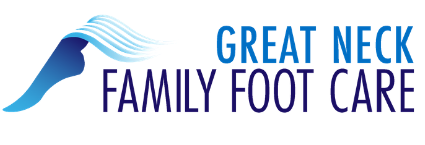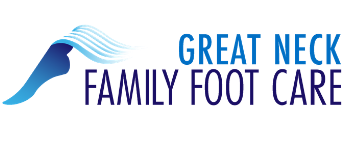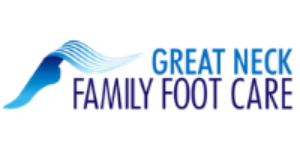06 Mar 3 Common Sesamoid Disorders
A little known structure of the human body is the sesamoid. Sesamoids are tiny bones that are embedded in tendons. They only occur in a few places in the body. In the foot, two of them are found on the underside at the base of the big toe. Although they are small in size, sesamoids can cause big pain when they are injured or aggravated. At Great Neck Family Foot Care, we see a variety of sesamoid issues. Here are the most prevalent:
- Fracture—Since sesamoids are bones, they are susceptible to breaking. The fracture can be acute—due to an injury or trauma or they can be stress fractures—brought on gradually over time due to repetitive pressure to the forefoot area where the sesamoids are located.
- Turf Toe—Turf toe occurs when the big toe gets “jammed” or stops suddenly while the rest of the foot keeps pushing forward. This is something that happens commonly while playing on artificial turf fields and hence the name, Turf Toe. This injury usually causes immediate, sharp pain and severely limits your ability to move your big toe. The injury can result in a sesamoid fracture or damage to the tendons and soft tissue that the sesamoids are attached to.
- Sesamoiditis—This is a chronic inflammation of the sesamoid bones and the tendons they are imbedded in. It is usually caused by overuse due to sports, activities or jobs that require you to be on your feet for long periods of time. The pain may be a dull ache that comes and goes depending on the shoes you are wearing and what you are doing.
Diagnosis and Treatment
Although all of these conditions involve the same bones, the treatment will vary depending on the cause and your lifestyle. First, one of our board certified foot and ankle surgeons, Dr. Alec Hochstein or Dr. Diana Gagliano will examine your big toe, checking for range of motion and locating exactly where the pain is. X-rays may be ordered (which can be done right in our Great Neck office) and the podiatrist will ask questions about your medical history, your symptoms and activities. Once the specific sesamoid condition has been diagnosed, an individual treatment plan can be created. There are many conservative approaches, including orthotics, taping, strapping, padding and physical therapy, which the foot doctor may utilize to eliminate your sesamoid problem.
If you are experiencing discomfort in the ball of your foot up near your big toe or are having any issues with stiffness or movement of the big toe, contact our office to make an appointment and get back to an active lifestyle that’s pain free.





Sorry, the comment form is closed at this time.